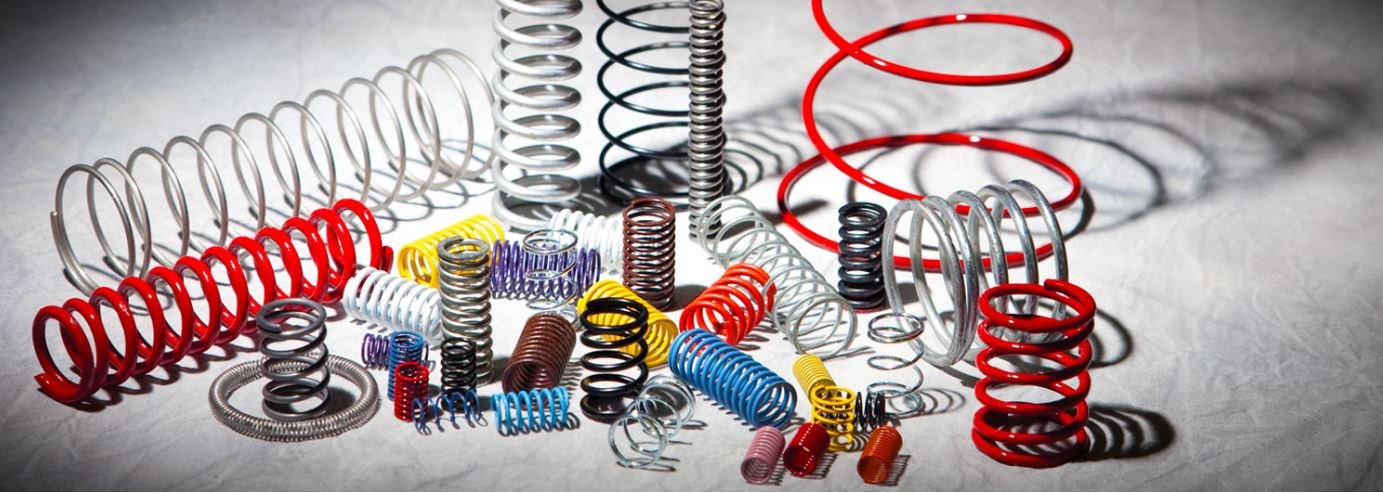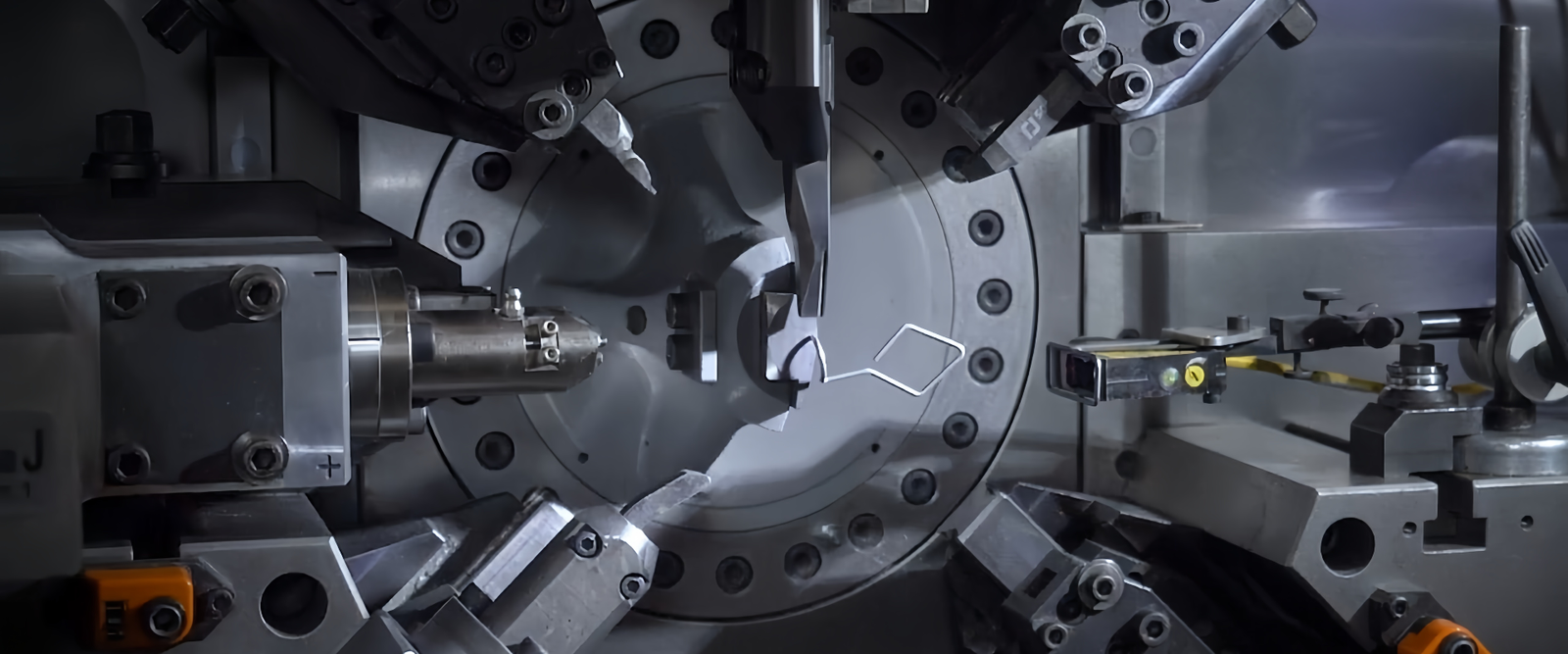A good spring design can significantly reduce costs and manufacturing difficulty while ensuring performance. Conversely, a minor design flaw can lead to project delays and budget overruns. As a precision spring manufacturer with decades of experience, we have summarized the five most common and costly mistakes that engineers make in spring design and how to avoid them from the start.
Good Design is the Optimal Balance of Performance and Cost
An exceptional spring design not only meets its functional requirements perfectly but also allows for high efficiency and low cost in manufacturing. Our goal is to share our expertise to help you, the design engineer, mitigate risks at the earliest stages of your project.
Mistake 1: Over-Specifying Tolerances – The “Perfection” Trap
- Common Scenario: Engineers tend to apply extremely tight tolerances to all dimensions on a drawing, believing that “more precise is always better.”
- Why it’s a Mistake: The spring manufacturing process, especially coiling, has natural variations. Demanding unnecessarily tight tolerances forces the manufacturer to use slower production speeds, more expensive inspection equipment, and results in a higher scrap rate. These costs are ultimately passed on to you. For example, tightening the tolerance on a free length from ±0.5mm to ±0.1mm could increase the unit price by 20% or more.
- How to Avoid It:
- Identify Critical Dimensions: Work with your spring supplier to identify the true “critical-to-function” dimensions (e.g., outer diameter, force at a specific working height) and apply tight tolerances only to them. Relax the tolerances on non-critical dimensions.
- Understand Industry Standards: Familiarize yourself with standard industry tolerances for spring manufacturing and use them as a design baseline.
Mistake 2: Ignoring the Operating Environment – The Spring’s “Invisible Enemies”
- Common Scenario: The design focuses entirely on mechanical properties like force and deflection, completely forgetting where the spring will actually “live.”
- Why it’s a Mistake:
- Temperature: High temperatures can cause the spring material to relax, leading to a loss of force. Low temperatures can make some materials brittle.
- Corrosion: Humidity, salt spray, and chemical agents can quickly corrode standard carbon steel springs, leading to failure.
- Dynamic Loading: Shock and high-frequency vibration are severe tests of a spring’s fatigue life.
- How to Avoid It: Always clearly specify the operating environment on your drawings or technical requirements: max/min temperature, exposure to moisture or fluids (and their type), load type (static/dynamic), and estimated cycle life. This will help your supplier recommend the right “armor”—materials like stainless steel, chrome silicon, or Inconel®, and necessary surface treatments.
Mistake 3: Unreasonable Geometry – Challenging the Laws of Physics
- Common Scenario: Designers, constrained by space, specify a spring with a very high or very low spring index (mean diameter / wire diameter).
- Why it’s a Mistake:
- Low Spring Index (<4): Like trying to bend a thick iron bar into a tiny ring, this creates immense stress on the inner surface of the wire during coiling, potentially causing micro-cracks and creating a risk of fatigue failure.
- High Spring Index (>12): This results in a “tall and skinny” spring that is prone to buckling under compression and cannot provide a linear force.
- How to Avoid It: Whenever design space allows, try to keep the spring index within the ideal range of 4 to 12. If space is extremely limited, discuss alternative solutions like rectangular wire with your supplier.
Mistake 4: Insufficient Operating Space – The “Trapped” Spring
- Common Scenario: The hole or rod for a spring is designed based only on the spring’s static dimensions, without considering how its shape changes during motion.
- Why it’s a Mistake: When a compression spring is compressed, its outer diameter “swells” slightly. The hooks of an extension spring rotate under load. The length and number of coils of a torsion spring also change. Insufficient clearance will cause the spring to get trapped or rub, leading to friction and premature failure.
- How to Avoid It: Always provide sufficient radial and axial clearance for the spring’s dynamic changes. A good rule of thumb is that the hole diameter should be at least 10% larger than the spring’s maximum outer diameter.
Mistake 5: “Siloed” Design – Contacting a Supplier at the Last Minute
- Common Scenario: The entire product design is frozen, and tooling is about to be kicked off before a spring supplier is contacted.
- Why it’s a Mistake: This is the most expensive mistake of all. If the supplier then points out a manufacturability issue with your spring design, any change can have a domino effect, causing project delays and significant redesign costs.
- How to Avoid It: Embrace the philosophy of Early Supplier Involvement (ESI). Share your preliminary concepts with an experienced manufacturer like us during the conceptual design phase. We can provide invaluable advice on materials, processes, cost, and performance without compromising your core function, ensuring your design is built on a solid, manufacturable foundation from the very beginning.
Conclusion
A successful spring application is the product of a perfect marriage between the design engineer’s vision and the manufacturing engineer’s experience. We are happy to share our knowledge to help you mitigate risk and optimize your designs, acting as your consultant, not just your producer.
.png)



